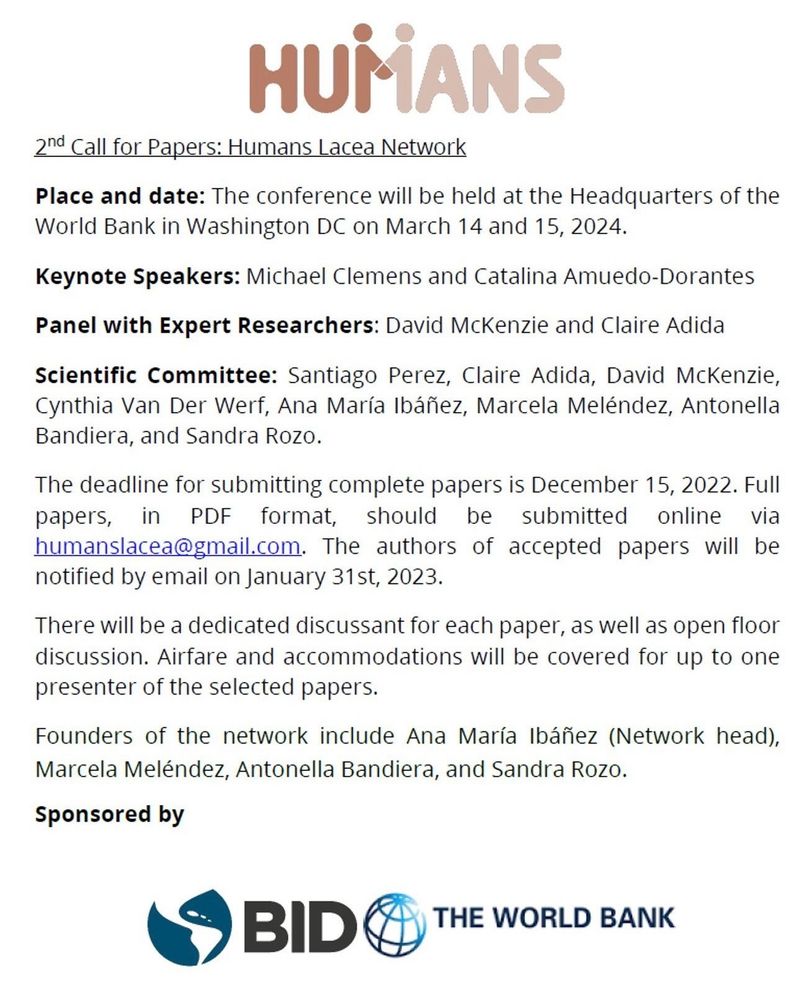Vitor Possebom
@vitorpossebom.bsky.social
2K followers
360 following
180 posts
Assistant Professor at Sao Paulo Schools of Economics (FGV). Ph.D. 2022 at Yale. Passionate about Econometrics, especially Causal Inference. (He/his)
https://sites.google.com/site/vitorapossebom/
Posts
Media
Videos
Starter Packs
Vitor Possebom
@vitorpossebom.bsky.social
· Dec 31
Vitor Possebom
@vitorpossebom.bsky.social
· Nov 28
Reposted by Vitor Possebom
Vitor Possebom
@vitorpossebom.bsky.social
· Nov 27
Vitor Possebom
@vitorpossebom.bsky.social
· Nov 27

Was Javert right to be suspicious? Unpacking treatment effect...
This paper presents new econometric tools to unpack the treatment effect heterogeneity of punishing misdemeanor offenses on time-to-recidivism. We show how one can identify, estimate, and make...
arxiv.org
Vitor Possebom
@vitorpossebom.bsky.social
· Nov 27
Vitor Possebom
@vitorpossebom.bsky.social
· Nov 27
Vitor Possebom
@vitorpossebom.bsky.social
· Nov 27
Vitor Possebom
@vitorpossebom.bsky.social
· Nov 27
Vitor Possebom
@vitorpossebom.bsky.social
· Nov 27
Vitor Possebom
@vitorpossebom.bsky.social
· Nov 27
Vitor Possebom
@vitorpossebom.bsky.social
· Nov 17
Reposted by Vitor Possebom














